In the complex theater of ecological relationships, invasive species have traditionally been cast as villains. These non-native organisms, transported across natural barriers by human activity, often wreak havoc on native ecosystems, outcompeting indigenous species and disrupting established ecological balances. However, nature seldom conforms to our simplistic categorizations. In a fascinating twist of ecological dynamics, some invasive insects—initially regarded as destructive pests—have unexpectedly become ecological saviors in their new environments. These “accidental conservationists” challenge our understanding of ecosystem management and invite us to reconsider our approach to biological invasions. Their stories reveal the intricate, often unpredictable ways in which species interact, adapt, and sometimes—against all expectations—contribute positively to ecosystems under threat.
The Conventional Narrative: Invasive Species as Ecological Villains

Traditionally, invasive species have been viewed through an overwhelmingly negative lens in ecological conservation, and for good reason. When transported to new environments lacking their natural predators, these species often proliferate unchecked, outcompeting native organisms for limited resources. The economic costs are staggering—in the United States alone, invasive species cause damages estimated at $120 billion annually, affecting agriculture, forestry, fisheries, and human health. Iconic examples like the emerald ash borer have devastated North American forests, killing hundreds of millions of ash trees and fundamentally altering forest composition. This prevailing narrative has shaped management strategies primarily focused on eradication and control, with little consideration for potential ecological benefits that some invasive species might inadvertently provide.
Ecological Complexity: Beyond Simple Classifications
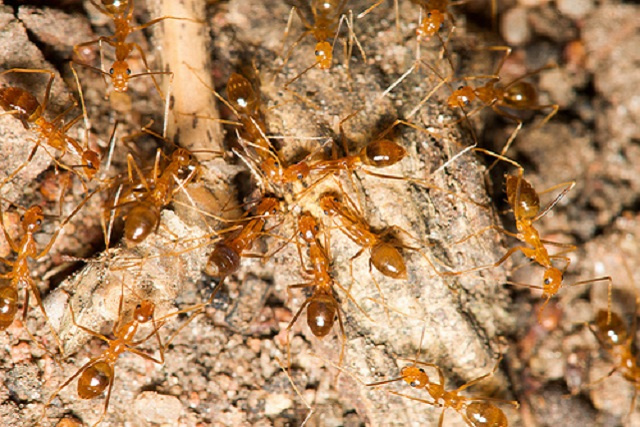
The natural world resists our human tendency toward neat categorization, revealing itself instead as a tapestry of complex relationships and unexpected outcomes. The binary classification of species as either “good” or “bad” fails to capture the nuanced reality of ecological interactions. Some invasive species, after their initial disruptive phase, settle into more balanced relationships with their new ecosystems, a process ecologists call “naturalization.” Others may provide unexpected ecosystem services, filling vacant ecological niches or compensating for functions lost to habitat destruction or climate change. Research increasingly suggests that ecosystem responses to biological invasions are highly context-dependent, varying based on the specific invader, the invaded community, and prevailing environmental conditions. This complexity challenges scientists and conservation managers to evaluate invasive species based on their actual ecological impacts rather than their origin alone.
Accidental Biocontrol: When Invasives Target Other Invasives
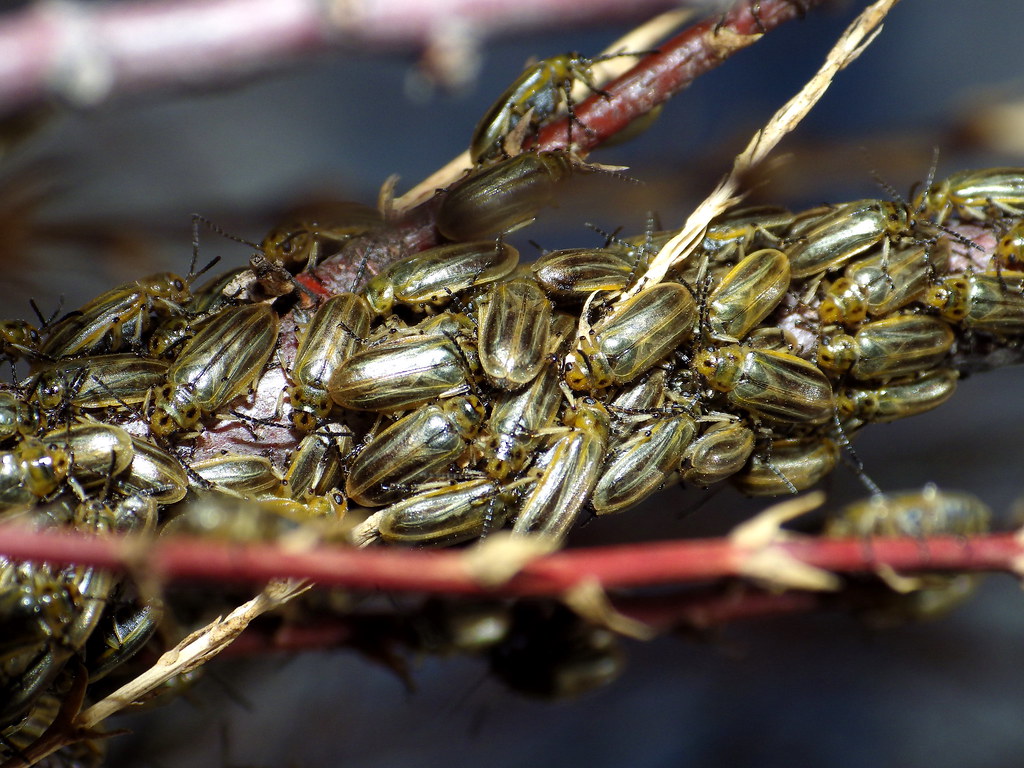
One of the most remarkable ecological services provided by certain invasive insects is the control of other, more destructive invasive species—a phenomenon sometimes called “invasional meltdown reversal.” The tamarisk leaf beetle (Diorhabda spp.), deliberately introduced to control invasive tamarisk trees in the southwestern United States, has successfully reduced tamarisk populations without significantly harming native vegetation. Similarly, in Hawaii, accidentally introduced yellow crazy ants have been observed preying on the invasive giant African snail, a serious agricultural pest that damages over 500 plant species. In New Zealand, the introduced German wasp unexpectedly helps control populations of invasive Vespula wasps that threaten native bird populations. These cases of “invader on invader” interactions demonstrate how complex ecological relationships can sometimes produce unexpected benefits, turning one invasive species into an ally against another.
Filling Vacant Ecological Niches
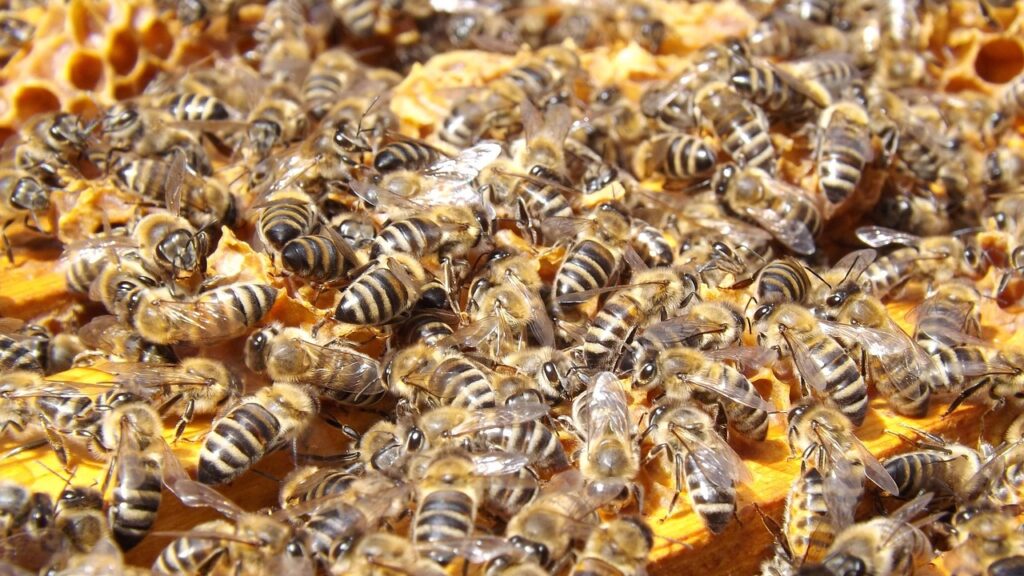
Ecosystems function through a delicate interplay of species fulfilling specific roles or niches, and when native species disappear, critical ecological functions may be lost. In some surprising cases, invasive insects have stepped in to fill these vacant ecological niches, providing services once performed by now-absent natives. In Puerto Rico, non-native honeybees have become essential pollinators in forests where many native pollinators have declined due to habitat fragmentation and pesticide use. On Christmas Island, the yellow crazy ant, despite its devastating effects on native red crabs, has partially assumed the crabs’ role in breaking down leaf litter and recycling nutrients in the forest ecosystem. These examples highlight the ecological concept of “functional redundancy”—the idea that different species can perform similar ecological roles, potentially preserving ecosystem processes even as species composition changes.
Creating Novel Food Sources for Native Species
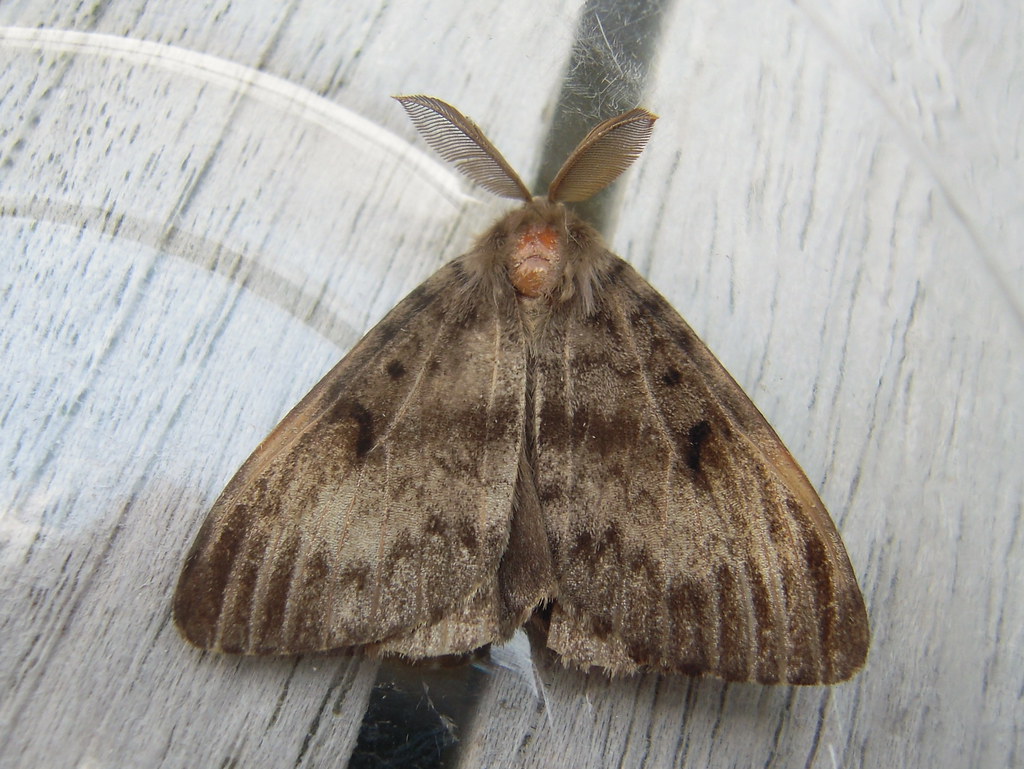
Invasive insects sometimes become valuable food resources for native predators, creating new energy pathways in food webs and supporting native populations that might otherwise decline. In the eastern United States, the non-native gypsy moth has become an important food source for cuckoos, certain songbirds, and small mammals, helping sustain their populations in fragmented forests where native prey insects have declined. In parts of Australia, invasive European honeybees have become significant food sources for the endangered honey possum, which feeds on nectar and pollen. The Argentine ant, despite displacing native ant species in California, has become a crucial prey item for the coast horned lizard, helping sustain this native reptile as its traditional ant prey has diminished. These unexpected dietary shifts demonstrate the adaptability of some native species and highlight how invasive insects can occasionally support rather than harm native wildlife.
Pollination Services: Unexpected Allies for Native Plants
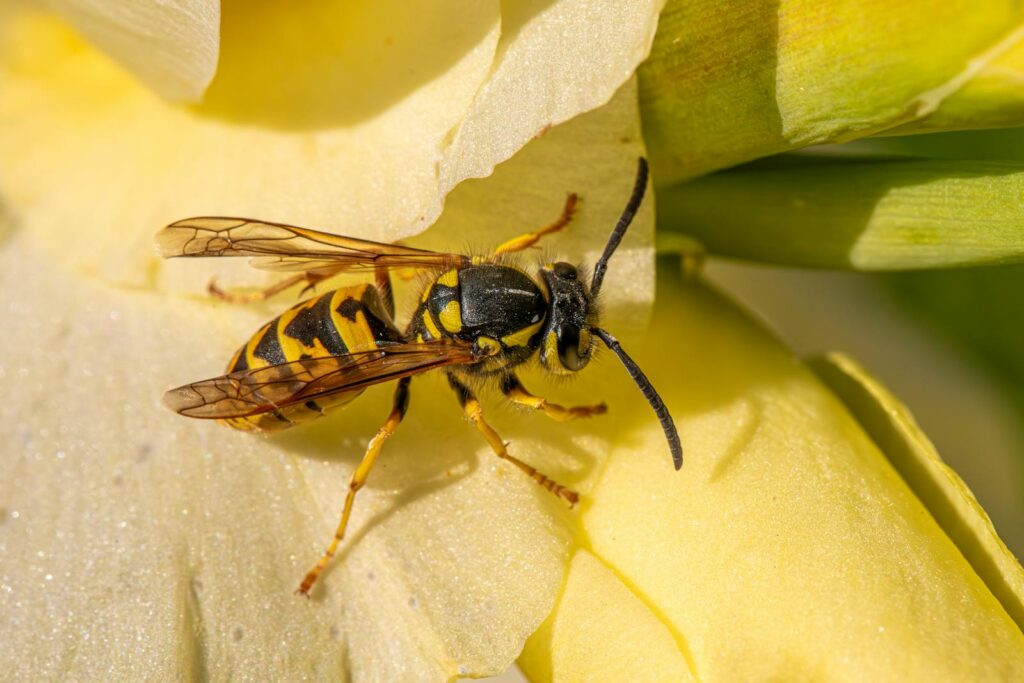
Pollination represents one of the most critical ecosystem services, essential for the reproduction of flowering plants and the productivity of many crops. As native pollinator populations decline globally due to habitat loss, pesticide use, and climate change, some invasive insects have unexpectedly stepped into this crucial ecological role. The European honeybee, technically an invasive species in North America, Australia, and many other regions, provides essential pollination services for both agricultural crops and native wildflowers. In New Zealand, the introduced German wasp has become an important pollinator of native orchids as native bee populations have declined. Research in Puerto Rico has shown that non-native carpenter bees now pollinate several endangered native plant species, potentially preventing their extinction. While these invasive pollinators don’t perfectly replicate the ecological role of natives, they may provide a crucial stopgap that prevents the collapse of plant-pollinator networks in disturbed ecosystems.
Soil Health and Nutrient Cycling Benefits
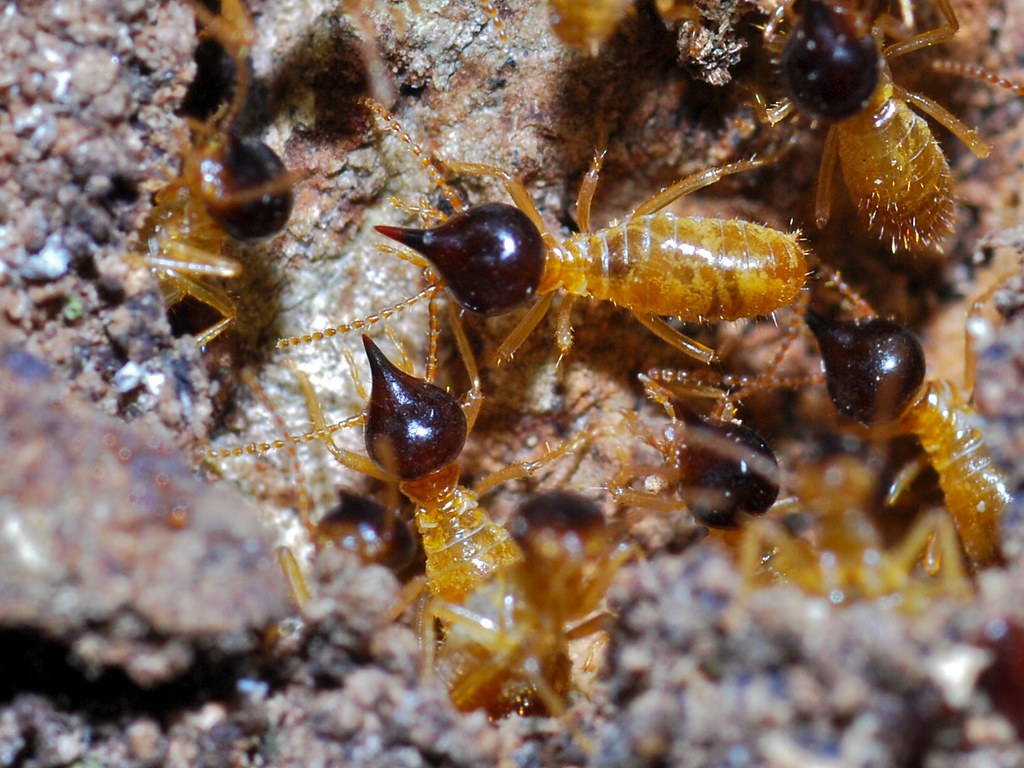
The health of ecosystems depends significantly on soil processes and nutrient cycling, areas where some invasive insects have demonstrated surprising benefits. In certain North American forests, earthworms—though technically invasive—accelerate decomposition processes, increase soil aeration, and enhance nutrient availability for plants. Invasive termite species in tropical ecosystems often accelerate the breakdown of dead wood and plant material, returning nutrients to the soil more quickly than would occur naturally. In Australia, introduced dung beetles have significantly improved soil health by breaking down livestock waste, reducing pest fly populations, and increasing nitrogen availability for plants. These contributions to soil processes highlight how invasive insects can sometimes enhance fundamental ecosystem functions, particularly in agricultural landscapes or ecosystems already altered by human activity.
Climate Change Adaptation: Filling New Ecological Gaps
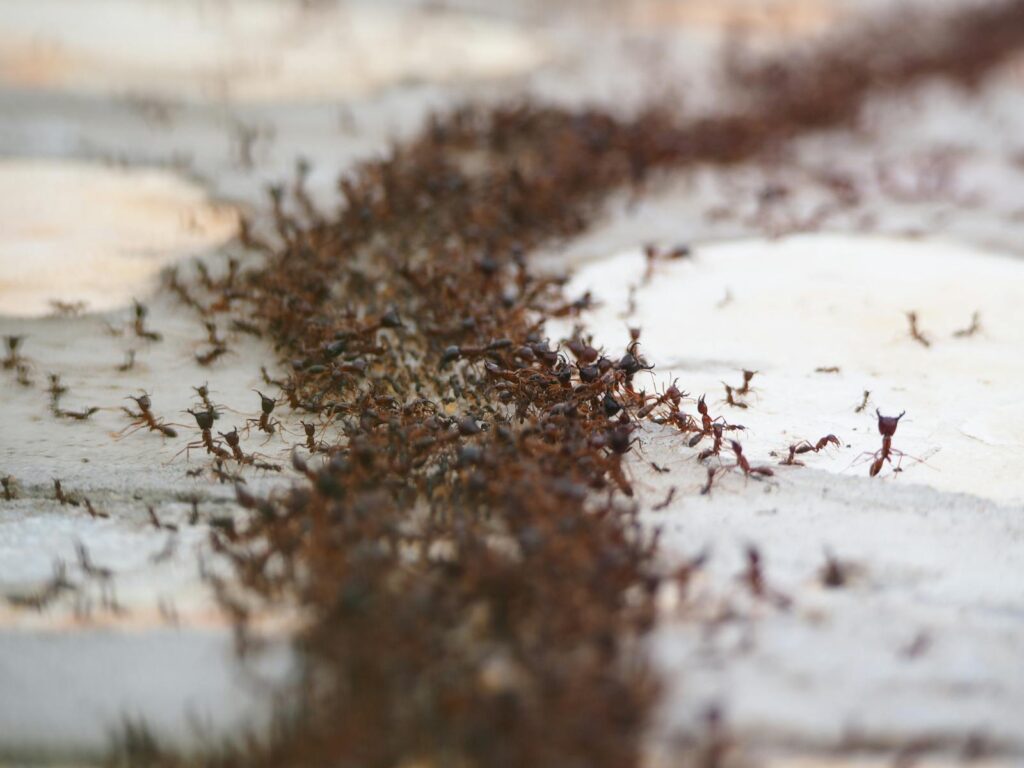
As climate change alters ecosystems at unprecedented rates, some invasive insects are proving unexpectedly valuable in helping ecosystems adapt to new environmental conditions. Certain invasive ant species demonstrate greater tolerance to temperature fluctuations than their native counterparts, maintaining important soil engineering functions as climates warm. In some temperate forests, invasive beetles with higher heat tolerance have maintained wood decomposition processes as native detritivores struggle with rising temperatures. Non-native pollinators often exhibit broader activity periods and more generalist feeding behaviors than specialists, potentially maintaining pollination services as plant flowering times shift in response to climate change. These examples suggest that in rapidly changing environments, the adaptability and resilience of some invasive species might occasionally help maintain ecosystem functions that would otherwise be lost as native species struggle to adapt.
Case Study: The Tamarisk Leaf Beetle’s Unexpected Benefits
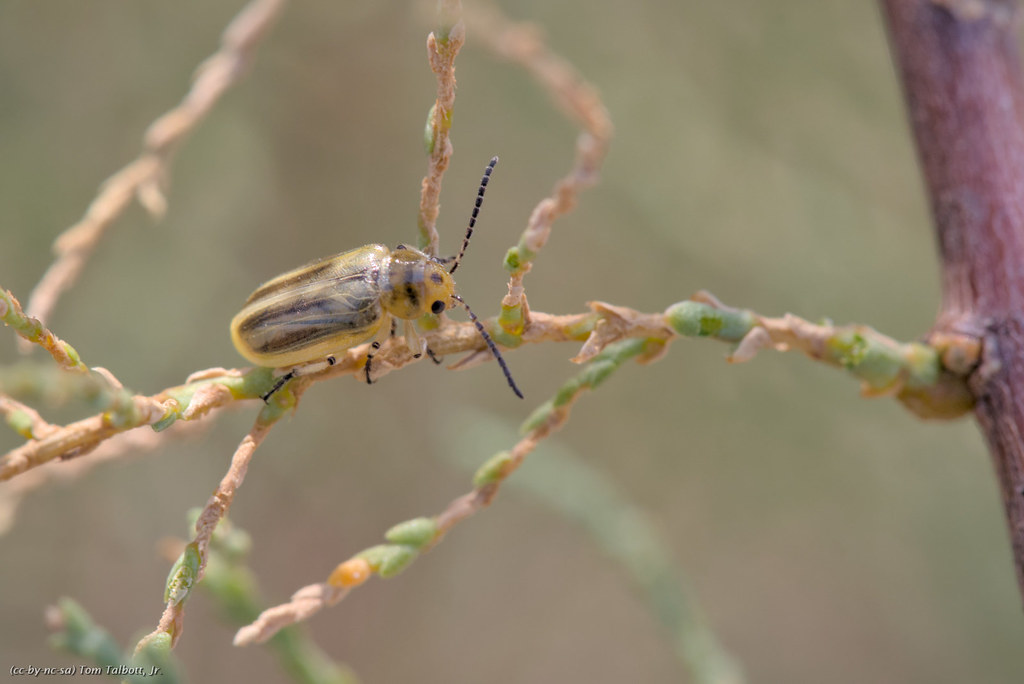
The tamarisk leaf beetle (Diorhabda spp.) was deliberately introduced to the southwestern United States to control invasive tamarisk trees, which were depleting water resources and altering riparian ecosystems. While successful in reducing tamarisk populations, this program revealed unexpected ecological complexities. As tamarisk trees declined, water tables rose in some areas, benefiting native vegetation and restoring natural hydrology to degraded riparian zones. The beetle’s selective feeding created a more diverse mosaic of vegetation, with patches of tamarisk in different stages of defoliation interspersed with recovering native plants, increasing overall habitat heterogeneity. Surprisingly, even the endangered southwestern willow flycatcher, which had adapted to nesting in tamarisk when native willows disappeared, has shown resilience to these changes, transitioning back to native vegetation as it recovers. This case demonstrates how invasive species management can produce complex cascading effects that ultimately benefit ecosystem function and diversity.
Scientific Controversy and the Changing Perspective
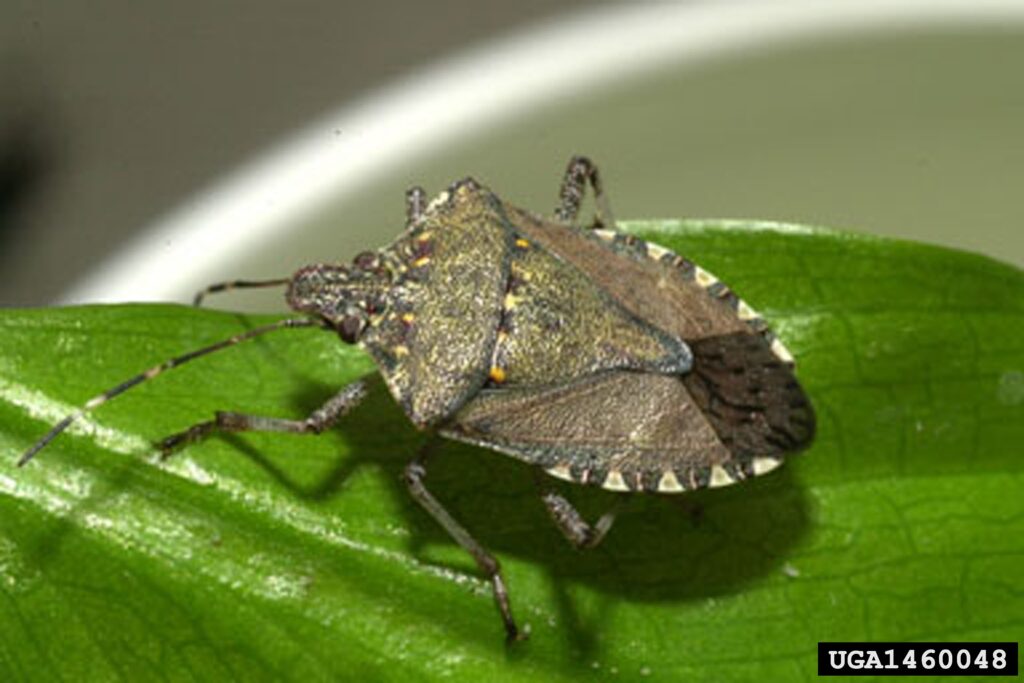
The notion that invasive species might sometimes provide ecological benefits remains controversial within the scientific community, generating lively debates about conservation priorities and management approaches. Traditional ecological perspectives emphasize the preservation of historical ecosystem states and native species assemblages, viewing any change from these baselines as degradation. However, a growing “novel ecosystem” approach acknowledges that many environments have been irreversibly altered by human activity and advocates focusing on ecosystem function rather than historical composition. Some researchers caution against an overly permissive approach to invasive species, arguing that the occasional benefits provided by invasives rarely outweigh their overall negative impacts. This scientific tension reflects broader philosophical questions about what constitutes “nature” in the Anthropocene and what ecological states we should strive to conserve or restore.
Management Implications: A More Nuanced Approach

The complex ecological roles of invasive insects challenge conservation managers to develop more sophisticated, context-dependent approaches to biological invasions. Rather than automatic eradication efforts, experts increasingly advocate for detailed impact assessments that consider both the negative and potentially positive effects of invasive species in specific ecological contexts. This “triage” approach prioritizes control efforts for the most destructive invasives while recognizing situations where removal might cause more harm than good, particularly when invasives have assumed critical ecological functions. Adaptive management strategies emphasize ongoing monitoring and flexible responses as ecological relationships evolve. For example, in Hawaii, where the invasive Argentine ant controls coffee berry borer beetles that damage coffee crops, management focuses on containing rather than eliminating the ant populations, balancing ecological concerns with agricultural benefits.
Future Research Directions: Understanding Complex Interactions
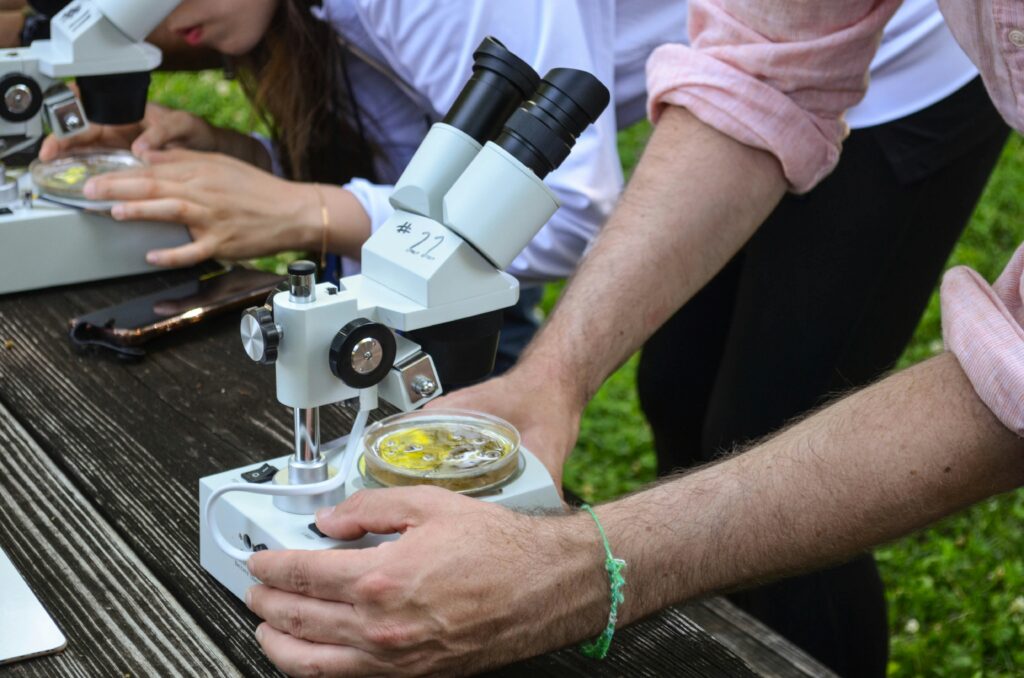
The emerging understanding of invasive insects as occasional ecosystem benefactors opens important new research avenues in invasion ecology. Scientists are increasingly focusing on long-term studies that track how the ecological impacts of invasive species change over time, recognizing that initial negative effects sometimes diminish or transform as ecosystems adjust. Functional ecology approaches that examine what invasive species actually do within ecosystems, rather than simply documenting their presence, provide deeper insights into their complex roles. Research exploring the genetic and behavioral adaptations that occur in both invasive and native species following invasion helps predict future ecological trajectories. Advanced modeling techniques incorporating climate change projections can help forecast how the ecological roles of invasive insects might shift under future environmental conditions, informing more effective and forward-looking management strategies.
Conclusion: Embracing Ecological Complexity
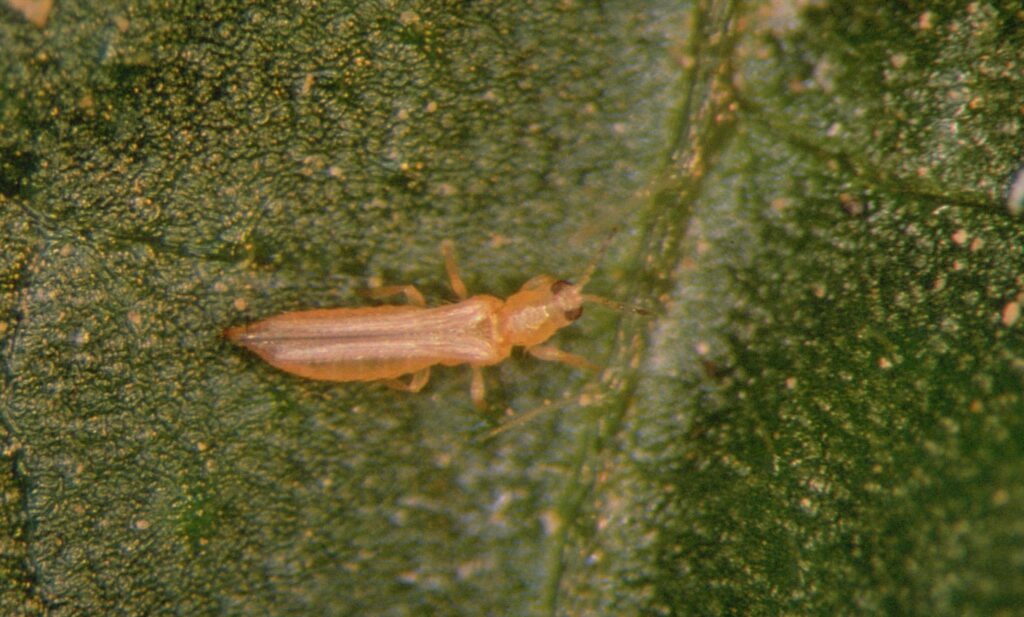
The surprising cases where invasive insects transition from ecological villains to unexpected allies reveal the profound complexity of natural systems and challenge our tendency toward simple categorizations in conservation. These ecological paradoxes don’t negate the serious threats posed by many invasive species but rather highlight the importance of evidence-based, context-specific approaches to ecological management. As climate change, habitat destruction, and other anthropogenic forces continue to transform ecosystems worldwide, the line between “natural” and “novel” ecosystems grows increasingly blurred. The future of effective conservation likely lies in focusing on ecosystem functions and services rather than rigid adherence to historical species compositions. By embracing this complexity and adopting more nuanced perspectives on biological invasions, we may develop conservation approaches better suited to the ecological realities of our rapidly changing world.

